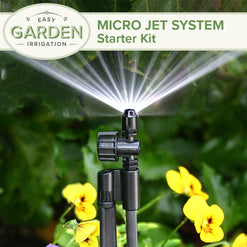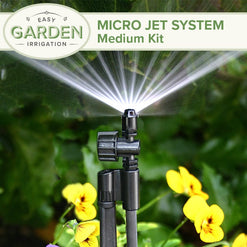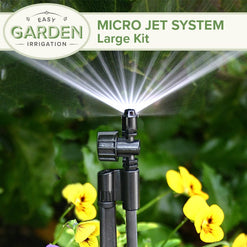We need to use a pressure gauge to measure your water source's water pressure. You can buy one from us here, or from reputable plumbing merchants and DIY stores. Attach the pressure gauge to the outlet of the water source, then gently open the tap. The pressure gauge will then give you a static water pressure reading.
Click here to rent a pressure gauge.
We need a minimum of 1.5 BAR pressure for the irrigation system to perform optimally. If you have water pressure exceeding 3 BAR, you will need to install a pressure reducer for optimum system performance. If you have less than 1 BAR pressure, your system will fail to operate correctly.
*If you are using a pump, refer to the technical notes indicating the pressure and flow of your pump.












 Shop for Micro Sprays
Shop for Micro Sprays





 hello@easygardenirrigation.co.uk
hello@easygardenirrigation.co.uk
 +44 (0) 1646 402 050
+44 (0) 1646 402 050